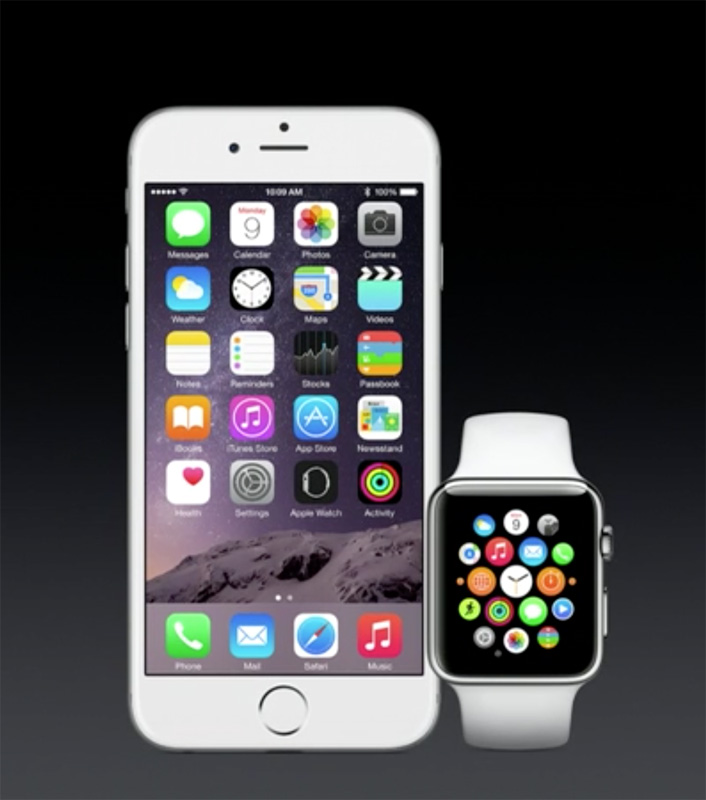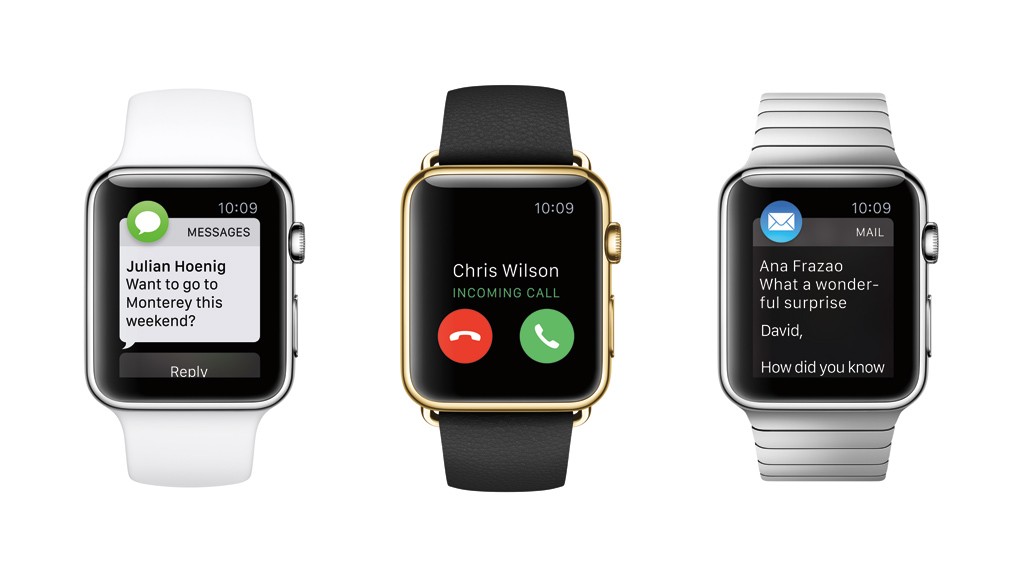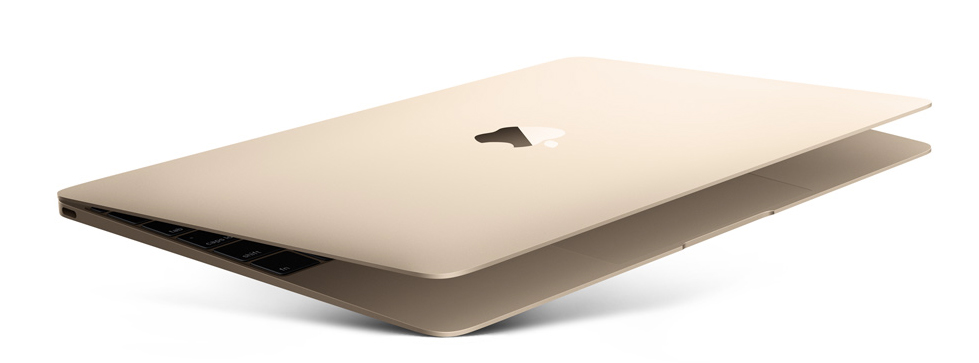 It was a foregone conclusion that Apple would launch its new Watch at its “Spring Forward” event in San Francisco, though its revamped MacBook laptop may have been the real surprise of the day.
It was a foregone conclusion that Apple would launch its new Watch at its “Spring Forward” event in San Francisco, though its revamped MacBook laptop may have been the real surprise of the day.
Having already been unveiled back in September, we already knew what the Apple Watch looked like and a little about what it could do. There were still plenty of details left to reveal, closing the loop on what could be a game-changer for a still-unproven category. In one fell swoop, the company is targeting active users who care about the Watch’s fitness and health features, as well as the fashion and status-conscious.
How else to explain the three distinctions that make up the collection? The Watch Sport is defined by its namesake, with a plastic band connected to a face made of customized aluminum alloy. The Sport has swappable bands in different colours and comes in two sizes — 38mm and 42mm. These will cost $450 and $520, respectively. Extra bands will cost about $60.
The Apple Watch is in the middle. Made of steel, including the band, it ranges in price from $700 to $1,460. The final price all depends on which size you go with and what band you want. There are steel, leather, sport band and with styles like a loop or buckle. By far, this is the line with the most options. We haven’t seen individual prices for each configuration yet, so you may have to wait until Apple updates its website to reflect those.
Then there’s the Watch Edition. High rollers and those with more disposable income than most may like this one as a status symbol. With an 18-karat gold case and fashionable bands, the price range here is between $13,000 and $22,000. That’s clearly in Rolex and Cartier territory. It’s just a hunch, but we figure that’s probably far too rich for most peoples’ blood.
The Watch is compatible with the iPhone 5, 5c, 5s, 6 and 6 Plus. Naturally, there’s no Android compatibility. The Watch also isn’t waterproof, but it may be able to withstand being in the shower.
The success of this launch will become clear later on in the year when the category matures a little more and competitors hit the market with their latest and greatest. To date, the smartwatch category is still a mix of ‘me too’ attempts and false starts. Look no further than Samsung and its litany of smartwatch releases in just the last 18 months.
The first question many would ask is what the Apple Watch actually does. The second might be how it does things better than everyone else. We can’t be sure of the answer to the latter question because we haven’t tried it yet, but on the first one, the focus is a bit of a mix. The Apple Watch’s usefulness is still highly dependent on the iPhone, but there is an element of independence here. There will be dedicated apps for the Watch, including an app store devoted to it. The Sport and steel Watch have 8GB of internal storage to utilize for apps and music, meaning you would be able to listen to tunes while at the gym or on a run using a pair of Bluetooth wireless headphones.
With a heart rate monitor built-in, you can track your heartbeat in real-time, as well as the usual tracker features, like calories, pedometer and distance. There will be plenty of app support behind these features, too.
The real story of the Apple Watch is a matter of convenience over capability. We can’t judge performance yet, but we can discern what kind of simplicity it’s supposed to provide. With NFC built-in, plus Bluetooth, the watch could fill in for the iPhone (so long as it’s close enough to the phone). Apple sees this as being a part of a smart home, where you can open front door locks, garage doors, turn lights off and on and control where and when music is streamed, among other things.
The challenge may lie in convincing consumers that this type of convenience is worth paying for. Fitness bands are much cheaper and can handle the tracking features seen here. And the app experience on a smartwatch continues to be a vexing issue for all manufacturers. Battery life is rated at 18 hours, but it’s more than likely you will get less than that if you’re using the watch regularly throughout the day.
Time will tell how consumers take to the device when they finally wrap it around their wrists.
Meanwhile, the MacBook gets a slight makeover with the new 12-inch model unveiled at the event. This is essentially a successor to the MacBook Air, weighing just two pounds and being 13.1mm thin. The Retina display (resolution of 2304 x 1440) is the sharpest of any laptop Apple has released at this size.
With no fan to cool it under the hood, and internal components shrunken enough to make room for batteries, the laptop has a rated battery life of nine hours for browsing and 10 hours for iTunes video playback. You can expect real-world performance to be lower than that though.
The fact it comes in silver, space grey and gold speaks to the synergy Apple wants to achieve with its devices.
It also wants to spur adoption in another area. This new MacBook has one port (there is a headphone jack separately) — USB-C — a new standard that combines USB, HDMI, Mini DisplayPort, Thunderbolt and SD card ports all in one. This is using the latest USB 3.1 speed protocol, so you’d be getting the kind of speeds seen in Thunderbolt, which is about 10Gbps. USB-C has wide industry support, but no real deployment, so expect to get an adapter to make use of peripherals.
The new MacBook will come in two base configurations at $1,550 and $1,900, respectively.
And not to be forgotten, the Apple TV will get a price cut, though we have yet to see that reflected in retail in Canada as of this report. It’s gone from $100 U.S. to $70 U.S. south of the border.





